Coronavirus: Smart or lucky? How Florida dodged COVID-19 worst
There are lessons from the approach of the US state, which has so far escaped serious fallout despite not imposing measures such as an early, blanket lockdown.

When the coronavirus pandemic swept toward Florida, public-health professionals nationally warned of a potentially devastating wave of infections that could imperil the state’s large senior population.
But so far, the state seems to have dodged that fate, despite not following advice to impose measures such as an early, blanket lockdown to minimise spread.
With Governor Ron DeSantis preparing to start reopening the state on Monday, epidemiologists and others are asking: What happened? Was Florida smart or lucky?
The answer may be a bit of both. Mr DeSantis restricted visitation to nursing homes but he left early lockdown decisions to local authorities. Mayors in some hard-hit large communities shut down faster and more aggressively than the state, gaining valuable time.
Walt Disney World closed two weeks before the statewide order. Spring breakers, who packed Florida beaches and bars until mid-March, went back home. Some scientists point to Florida’s low population density, while others to its subtropical climate to explain fewer infections.
A key factor, many say, is a change in the behaviour of Floridians. Though the governor didn’t impose a statewide stay-at-home order until April 3, people began hunkering down en masse in mid-March, according to firms that analyse anonymous cellphone data.
That was around the same time deaths in the US topped 100 and residents of New York, many of whom have ties to Florida, started staying home. The pandemic’s progression in Florida was about a week behind its trajectory in New York, so that social-distancing measures effectively kicked in earlier, said Thomas Hladish, research scientist at the University of Florida Emerging Pathogens Institute.
“In the early, exponential-growth phase of an epidemic, starting an intervention a week earlier is absolutely huge,” he said.
It is too early to know how the state’s actions will play out long-term or if they might work in other places, given Florida’s unique population and geography.
The state needs to double its current volume of testing to more than 32,000 tests a day to detect and respond to flare-ups, said Charles Lockwood, dean of the University of South Florida Morsani College of Medicine at a news conference with Mr DeSantis last week. That will take about a month, according to the governor.
As of Saturday, Florida had more than 35,000 cases of Covid-19, the disease caused by the new coronavirus, and 1,364 deaths, according to state data. In late March, a model developed by the Institute for Health Metrics and Evaluation at the University of Washington was predicting nearly 7,000 deaths in the state by August — a figure modellers said could shift depending on adherence to social distancing.
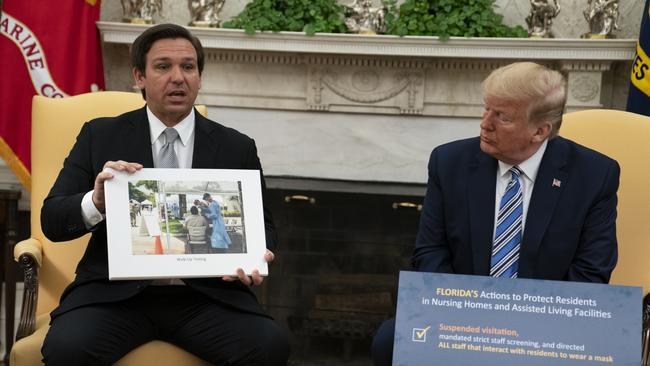
Florida had 6 deaths per 100,000 people as of Saturday, compared with 42 in Louisiana, 56 in Massachusetts and 97 in New York, according to states’ data.
California had 5 deaths per 100,000 people and Texas had 3.
The seven-day average of new cases in Florida — concentrated mostly in the populous South Florida counties of Miami-Dade, Broward and Palm Beach — generally has been declining in the past few weeks and the seven-day average of new deaths has plateaued.
As of Friday, there were 1,384 residents of long-term care facilities in the state with Covid-19, or 0.9% of the total resident population. There were 388 deaths of long-term care residents.
People aged 65 and over make up 20.5% of Florida’s population, the second-highest proportion of any state in the US, after Maine.
“Everyone in the media was saying Florida was going to be like New York or Italy and that has not happened,” Mr DeSantis, a Republican, said during an appearance with President Trump at the White House last week. The governor has consulted regularly with the Trump administration on the state’s coronavirus response.
On Monday, the first phase of his reopening plan begins. It calls for allowing restaurants and retail establishments to operate at 25% of indoor capacity, but excludes three South Florida counties. Schools are still closed and visits to senior-living facilities are prohibited. Bars, gyms and salons remain shut down. The moves will be methodical, guided by medical professionals, Mr DeSantis said.
“Florida was, and still is, at great risk because of its population,” said Marissa Levine, a professor at the University of South Florida College of Public Health. “If you open up everything like it was before, we could potentially have a more serious second wave.”
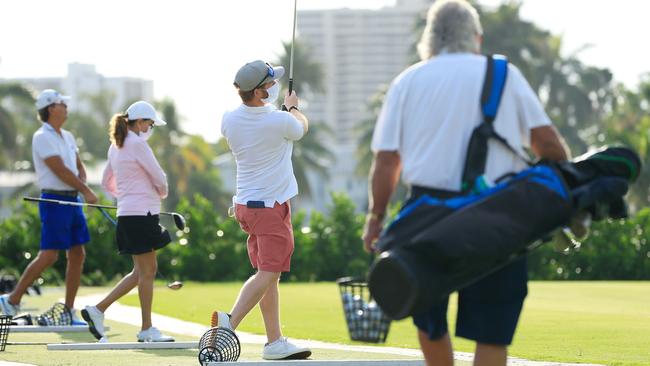
Florida announced its first two confirmed cases of Covid-19 on March 1. Mr DeSantis declared a state of emergency on March 9, when there were 12 cases, including the first two deaths. Around that time, the state contacted researchers at the University of Florida Emerging Pathogens Institute to request an assessment, said Carl Pearson, a research fellow at the London School of Hygiene and Tropical Medicine, who was collaborating with the group.
Mr Pearson had recently been studying the situation in Iran, where the outbreak began similarly, with two deaths emerging at the outset, ahead of a significant number of cases. After applying a similar analysis to Florida, the researchers wrote a one-page assessment, reviewed by The Wall Street Journal, that they gave the state on March 11.
In it, they wrote that despite the low number of recorded cases, it was likely that between 1,000 and 10,000 Florida residents already had Covid-19. “Extensive immediate action is required,” they wrote, including cancellation of large events and remote work and schooling. Failure to act quickly could result in more than 1,000 deaths over the following month, they said.
It was “unambiguous” that Florida was experiencing community spread of the coronavirus, Mr Pearson said, meaning it was being transmitted and the source of infection was unknown. At a news conference the same day the researchers sent their analysis, Florida Surgeon General Scott Rivkees said the state wasn’t seeing community spread.
The state at the time had been able to determine the source of infection for all but a few cases, Dr. Rivkees told the Journal. He said state officials didn’t request the one-page analysis by the researchers but read it. The data in the analysis wasn’t derived from Florida cases, he said, and the state relied instead on data such as confirmed Covid-19 cases and those involving flu-like illnesses. He said officials were unaware of any data to support the notion that there were thousands of cases in the state.
Mr DeSantis resisted recommendations by public-health experts to issue a statewide stay-at-home order or close the beaches, which were starting to fill with spring-break revellers. Instead, he chose to take a targeted approach aimed at the hardest-hit counties and to defer to local officials on implementing restrictions. A large state like Florida, where many counties were far less affected by the outbreak and would suffer economic pain from a lockdown, doesn’t lend itself to a uniform strategy, he said in news conferences in March.
On Friday, March 13, the streets of Miami Beach were filled with spring-break crowds. Diners jammed tables on a pedestrian strip, and packs of partyers roamed Ocean Drive, a popular stretch of art deco buildings brimming with bars.
“The lack of social distancing was horrific,” said Mayor Dan Gelber, a Democrat, who toured the area. “I had a bad feeling.”
After conferring with the city manager, they decided to clamp down on the festivities. Over the next several days, the city shut down beaches, parks, restaurant dining rooms, gyms and theatres.
Before each move, Mr Gelber said he alerted Mr DeSantis or the governor’s chief of staff, Shane Strum, describing the situation he was confronting and sometimes sending the language of proposed executive orders. The governor assured him he had the state’s support, Mr Gelber said.
At one point when the partying was still rampant, before the city’s crackdown, the mayor texted photos to Mr Strum of a lifeguard tower crammed with people and Ocean Drive jam-packed with pedestrians.
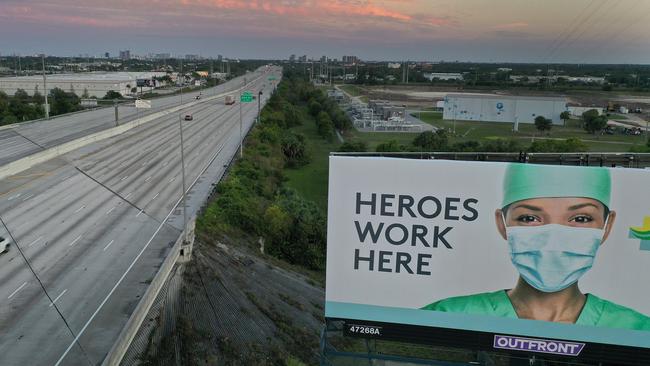
“Yikes,” Mr Strum wrote back.
Other cities and counties in South Florida began closing businesses and public spaces as well. Officials cancelled mass events like the Ultra Music Festival and Calle Ocho Music Festival in Miami. By March 22, streets and outdoor venues across the region largely were deserted.
Central Florida, another heavily populated part of the state, wasn’t far behind. Theme parks such as Walt Disney World and Universal Studios Florida in Orlando shut down on March 16. Tampa Mayor Jane Castor, a Democrat, proposed a stay-at-home order three days later, but faced resistance from Hillsborough County officials before the directive went into effect. She co-ordinated with regional mayors, who pushed through their own orders.
“The cities, the counties were really finding their own path forward and there wasn’t much direction at the state level,” Ms. Castor said.
Some areas were slower to adopt social distancing. North of Orlando in The Villages, a fast-growing metro area of more than 128,000 people — mostly retirees whose older age makes them especially vulnerable to Covid-19 — officials didn’t implement a lockdown order until April 2. Residents were still gathering in town squares, visiting nail salons and browsing an estate sale in late March. As of Saturday, there were 77 Covid-19 cases in The Villages.
Andrea Bances-Monard, a 24-year-old Orlando resident, didn’t wait for the government to hand down executive orders. She said she confined herself to home starting in mid-March. Her brother, who lives in Peru, was under a lockdown there, and she worried the outbreak in Florida would escalate. She turned down invitations from friends, including a trip to Cocoa Beach.
“I didn’t want to be the reason why the virus kept spreading,” Ms. Bances-Monard said.
Many Floridians appear to have reached a similar conclusion. Analysis of cellphone location data by companies like Descartes Labs Inc. and SafeGraph Inc. shows that residents’ daily mobility began dropping sharply after March 15, as it did in other parts of the US. By the following week, it had declined more than 50% statewide from an established baseline, according to a compilation of such data by a lab at the University of Wisconsin-Madison. In Miami-Dade and Broward counties, it had decreased more than 80%.
It was a period of grim media coverage of the pandemic, with stories of Italian military trucks ferrying coffins and fears of escalation in New York City.
“The severity of the issue became very clear to Floridians,” said Dr. Levine of the University of South Florida. “Seeing what was unfolding elsewhere had an advantage.”
Mr DeSantis took some targeted measures early. On March 11, he began placing limits on who could visit nursing homes and assisted-living facilities, where outbreaks could prove especially deadly. Four days later, the Florida Division of Emergency Management cut off virtually all visitation to elder-care facilities.
On March 20, Mr DeSantis barred non-essential elective procedures at hospitals, freeing up bed space to accommodate a potential surge of cases. Throughout the pandemic, roughly 40% of beds statewide have been available, according to state data.
He also focused on boosting the state’s capacity to test for the virus amid a nationwide shortage of kits and supplies. The state’s first drive-through testing site opened on March 17, and officials added locations steadily in the following weeks. As of Saturday, the state had taken more than 417,000 tests, third in the US in absolute terms, but 23rd on a per capita basis, according to the Covid Tracking Project, a volunteer group of scientists, developers and others started by the Atlantic magazine that now includes hundreds of collaborators.
On April 1, Mr DeSantis bowed to public pressure from residents and some officials and issued a statewide stay-at-home order, effective April 3. By then, much of the state already had been buttoned up for weeks.
Florida benefited from other advantages that made social distancing easier, public-health experts say. Apart from a handful of urban cores, Florida counties in general are less densely populated than those in hard-hit parts of the Northeast and Midwest. The landscape is replete with neatly spaced housing tracts. Residents rely mainly on cars to get around and public-transit options are limited.
Though work is still preliminary, several studies suggest that the coronavirus doesn’t spread as easily in balmy weather. On April 23, the US Department of Homeland Security issued early research findings indicating that increased temperatures may help kill the virus and reduce transmission.
Another study that still hasn’t been peer-reviewed concluded that the virus thrives in weather patterns of moderate humidity and temperatures between 40 and 50 degrees Fahrenheit.
“People in Florida complain about the weather all the time — saying ‘it’s too hot, it’s too humid’ — but I think that’s what has ended up helping there,” said Fernando Miralles-Wilhelm, chairman of the University of Maryland’s Department of Atmospheric and Oceanic Science and one of the researchers involved.
WSJ


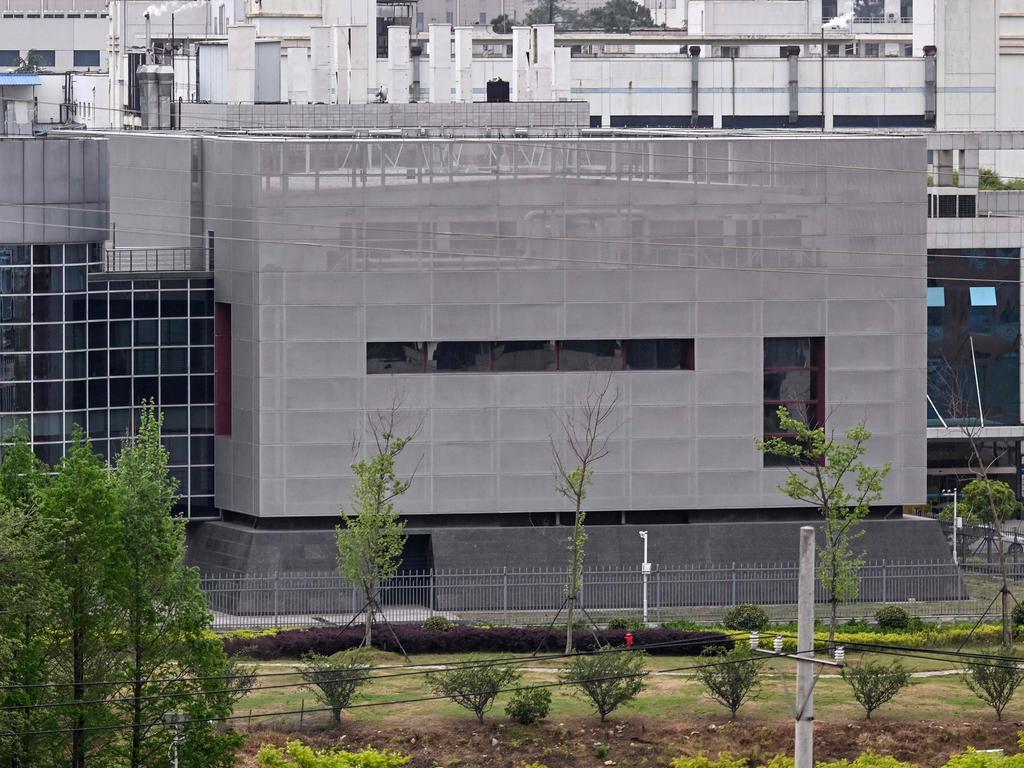

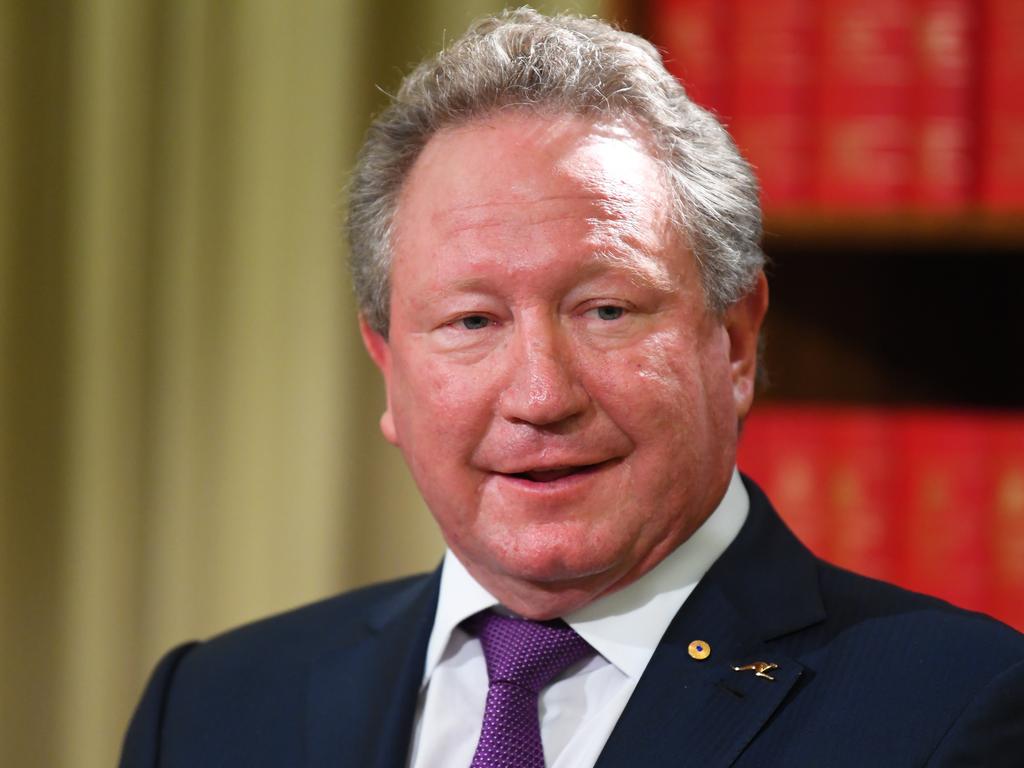


To join the conversation, please log in. Don't have an account? Register
Join the conversation, you are commenting as Logout